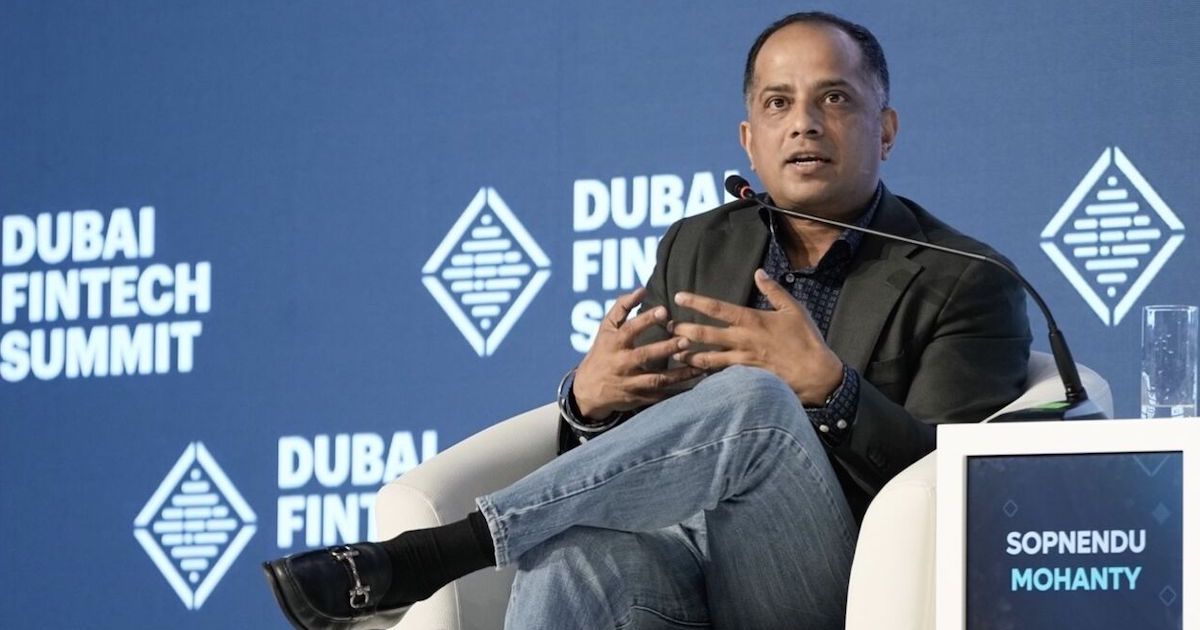History, tokenization and growth – cryptopolitics

Metaverse refers to a virtual reality world where users can interact with each other through avatars. It’s a term popularized by Neal Stephenson’s science-fiction novel Snow Crash. Over the past two to three years, Metaverse has become increasingly popular due to blockchain developers monetizing games in Metaverse. Blockchain technology allows developers to create virtual assets that can be traded by players, leading to the rise of blockchain games. This guide post will walk through various blockchain games that are helping to grow the Metaverse, including their history, tokenization, and growth.
The history of blockchain games
Blockchain gaming began in 2013 when it was introduced. Huntercoin is a blockchain-based game where players can earn cryptocurrency while playing the game Another early example of a blockchain game was launched in 2015. It uses blockchain technology to enable players.
The blockchain gaming business has evolved since then, with developers producing games that use blockchain technology to allow players to own and exchange virtual goods. The capacity to own and exchange virtual assets has provided alternative sources of income for game creators and the opportunity for players to monetize their gameplay.
How blockchain games contribute to the growth of the Metaverse
Metaverse is a platform where users can collaborate and interact with stunning 3D content in real time. Thanks to innovative (HCI) and emerging technologies, we are entering an era of unparalleled gaming immersion, offering intense levels of interaction and realism.
The Metaverse concept has recently gained popularity, especially with the rise of blockchain games. Users in this virtual reality environment can connect with each other using customized avatars and participate in a variety of activities, from gaming to socializing.
The use of blockchain technology in games has been a fundamental driver of Metaverse growth. Blockchain gaming enables the development of digital assets that players can own and trade, bringing a new level of value to the gaming experience. This tokenization procedure also allows users to monetize their games, opening up an additional revenue stream.
Axie Infinity
Axie Infinity is a money-making game where players can earn cryptocurrency by breeding, fighting and trading digital creatures called Axies. Launched in 2018, the game has gained popularity due to its innovative gameplay and the ability for players to earn cryptocurrency while playing the game. Axie Infinity uses its native token, AXS, to enable players to purchase Axies and other in-game assets.
Tokenization in Axie Infinity has been critical to the game’s success. Players can trade their axes on a decentralized marketplace, and the value of each axis is determined by its rarity and demand. In 2021, Axie Infinity became the first blockchain game to exceed $1 billion in sales, a testament to the game’s popularity and the potential for blockchain games to disrupt the traditional gaming industry.
Decentralized country
Decentraland is a virtual reality where participants can buy and sell various items, and build on virtual land areas. The platform has a cryptocurrency called MANA, and it enables participants to purchase virtual land and other items. Decentraland was launched in 2017, and since then it has gained popularity due to its innovative approach to virtual worlds and the ability for users to monetize their virtual assets.
Tokenization in Decentraland has enabled users to own and trade virtual land, buildings and other in-game assets. The platform uses NFTs to represent these virtual assets and they can be traded. The value of each virtual “Decentraland Marketplace” asset is determined by supply and demand, and some virtual land in Decentraland has sold for millions of dollars.
The sandbox
The Sandbox is a decentralized virtual gaming platform where players can buy, sell and trade virtual land, as well as create and monetize their games. The Sandbox was developed by French game development studio Pixowl. The game is built on the Ethereum blockchain and uses non-fungible tokens (NFT) to represent virtual land, items and characters. The Sandbox was first launched in 2012 as a mobile game, The game became popular, with over 40 million downloads on both iOS and Android platforms. The team that created the game changed to a blockchain-based platform in 2018.
What are the 8 features of the Metaverse and how do they affect players
The Metaverse is a digital world in constant development, with 8 key functions at the core of the function. These features involve realistic physics, long-lasting worlds, 3D characters, control and coding, enjoyable experiences, customizable money, virtual goods exchange, and intellectual property protection. These elements come together to create truly immersive worlds and unique digital spaces that affect players in countless ways. From influencing social communication to opening up new commercial opportunities, the metaverse is constantly reshaping lives as games continue to evolve.
One of the eight features is Persistent Identity. This feature works to build connections between users by allowing them to present their role in the metaverse. It gives avatars defined characteristics and ownership of metaverse assets/items that can be used for in-game rewards, such as currency or auction items. Creating persistent identities with individualized characteristics allows metaverse players to clearly understand who they are interacting with. Both in-game interactions and real-world sharing are enabled, creating positive experiences for metaverse users worldwide.
What basic characteristics define a Metaverse?
Science fiction is where the most common concepts for the Metaverse originated. In this perspective, the Metaverse is often portrayed as a form of “embedded” digital internet, a representation of actual reality, but one that is anchored in a virtual (often theme park-like) environment. The following are therefore the basic characteristics of Metaverse:
- The two sources with the most synchronous and living content concern the Metaverse: The Metaverse will be a living experience that happens continuously for everyone and in real-time, just as it does in “real life”, albeit pre-planned and self-contained. events will happen.
- A fully functional economy should allow the creation, ownership, investment, sale and payment of a wide range of activities that result in a value recognized by others.
- An experience should cross both the virtual and the real world, private and public networks and open and closed platforms.
- More contributors: It should be loaded with knowledge and experiences that many, some of whom are self-employed, have created and run.
- Set a new standard for seamless interoperability by enabling unprecedented exchange of data, digital assets, content and other forms of connectivity across experiences. Imagine being able to transport a car made for Rocket League or even Porsche’s website to seamlessly integrate and operate within the Roblox ecosystem without a hitch, ushering in a new era of limitless creative potential.
Conclusion
The growth of blockchain games is a clear sign that the Metaverse is becoming a reality. By tokenizing in-game assets, players can truly own their virtual assets and monetize their efforts. This creates a new economy where players can earn real-world rewards for their in-game achievements, which can then buy real-world goods and services.
As the Metaverse expands, game developers will find it increasingly important to adopt blockchain technology and tokenization. This will not only improve the gaming experience, but will also establish a new economy where players can receive real benefits for their work. Metaverse’s future is bright, and blockchain games play an important role in defining it.
Metaverse’s expansion has been tremendous, and it shows no signs of slowing down. We should expect to see even more inventive games and engaging experiences as more players and investors enter this market. Gaming is becoming a more significant and lucrative industry than ever before due to the use of blockchain technology.

























